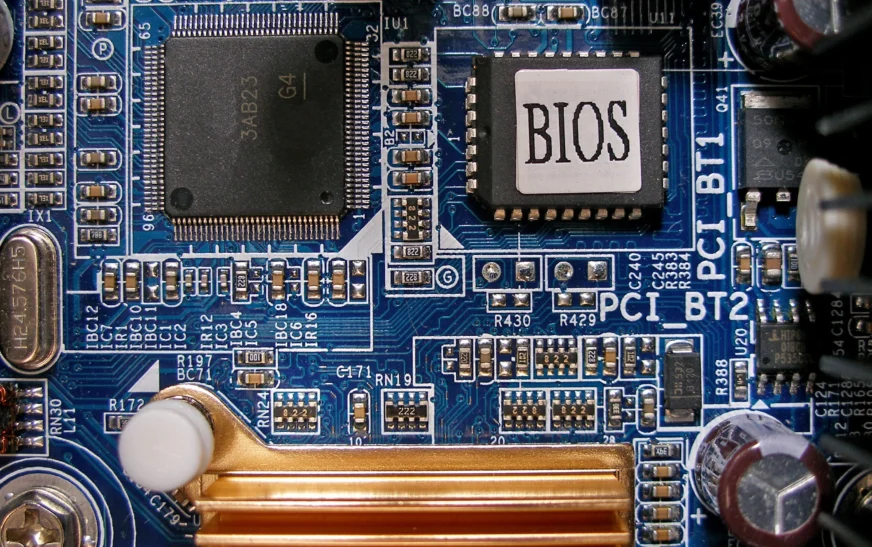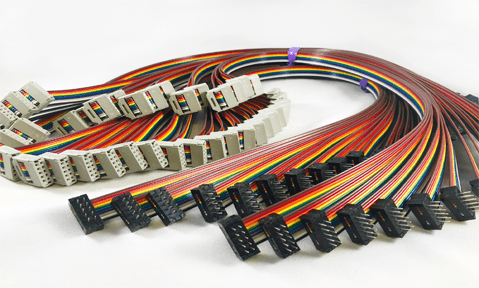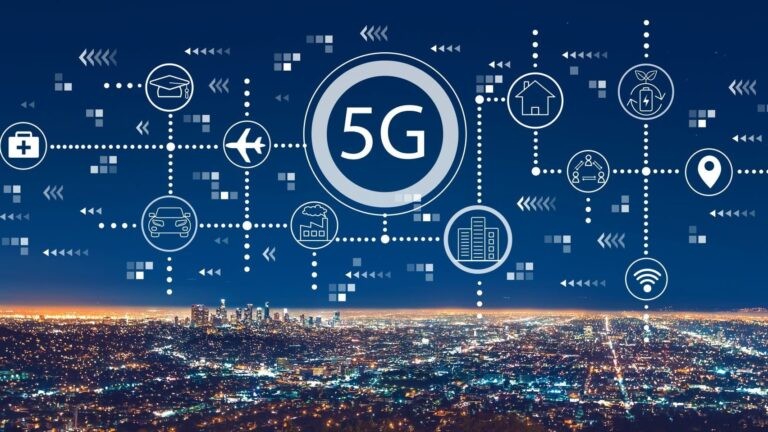The BIOS chip is one of the most important parts of any computer. It acts as a central hub through which the system can boot, interface with hardware, and manage important system configurations. Despite its small size, the BIOS chip plays an important role in ensuring that the computer works properly from the moment you press the power button.In this detailed study of chip BIOS, we cover its history, how it works, its main features, how it differs from newer technologies like UEFI, and why it still exists. as an important part of today’s computer..
1. What is the BIOS Chip?
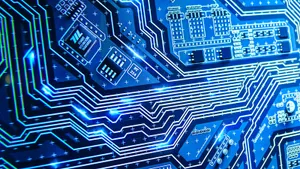
A System Input/Output (BIOS) chip is a piece of firmware built into a computer’s motherboard. It is included in the appropriate software and runs when the computer is turned on. The BIOS provides a link between the hardware and the operating system, and starts and tests the hardware components before transferring power to the bootloader, thus loading the operating system.The BIOS chip contains code that controls the following critical processes:Initial hardware configuration (such as CPU, RAM, and hardware).Run the self-test (POST) to ensure the functionality of key hardware components.Loads the bootloader, the operating system kernel.How Firmware Works in the BIOS ChipFirmware refers to the software installed in the device that performs low-level functions. The BIOS operating system is stored in non-volatile memory on the BIOS chip. Non-volatile memory means that even when the computer is turned off, the BIOS retains its settings and code, ready to initialize and control the hardware when the computer starts up.Traditionally, the BIOS was stored in read-only memory (ROM), which could not be easily changed. Modern systems use flash memory to store the BIOS, and the firmware can be updated (called BIOS flashing) to add new features or fix bugs..
2. A Brief History of the BIOS Chip
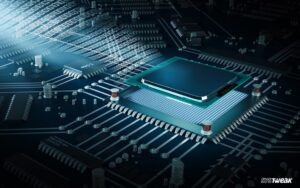
The concept of BIOS dates back to the early days of personal computers in the late 1970s. The first major use of the BIOS was the introduction of the IBM PC in 1981. Since then, the BIOS has remained an integral part of the boot process on x86 computers.One. Early System BIOSIn the early days of computing, the BIOS was responsible for bridging the gap between hardware and software. As systems have become more complex, the role of the BIOS has increased to include additional functions such as memory management and hardware routing.However, the BIOS does the same thing: to set up the hardware and prepare the system to load the operating system.b The Evolution of BIOS to UEFIAs technology advances, the limitations of legacy BIOS have become more apparent. For example, the BIOS was designed with a 16-bit architecture, which is too small for modern 64-bit systems. In addition, the BIOS can only handle up to 2 TB of storage, which is a problem as hard drives become larger.In response to these limitations, UEFI (Integrated Extensible Firmware Interface) was introduced as an alternative to traditional BIOS in mid-2000. UEFI offers more advanced features, such as:Support for larger hard drives (over 2 TB).A graphical user interface (GUI) for easy configuration.Faster startup time.Advanced security features (such as secure boot).Although UEFI is standard on most modern systems, the term “BIOS” is widely used to refer to the operation of the operating system..
3. How the BIOS Chip Works
When you press the power button on your computer, the BIOS chip immediately controls the system and starts a series of steps to prepare the hardware and software to run the operating system.One. Power On Self Test (POST)The first thing the BIOS does is run a power on self test (POST). This process ensures that all important hardware components such as the CPU, RAM, hard drive and graphics card are working properly. If POST detects serious errors, the BIOS will stop the boot process and display an error message or beep code indicating faulty hardware.b. Hardware initializationAfter POST, the BIOS initializes the hardware components. This includes configuring the system clock, configuring input/output devices (such as keyboards and mice) and making sure hard drives are recognized. c. Boot Device SelectionAfter the device is initialized, the BIOS determines which device will appear. The boot order is in the BIOS settings and usually includes devices such as:Hard Disk (where the operating system is located).USB drive (for booting from an external source).Optical drive (for installing operating systems from CD/DVD).The BIOS examines each device in boot order and looks for a place where it can work. Once detected, it will transfer control to the bootloader and start the operating system. d. Transferring Power to the Operating SystemThe last step in the BIOS process is transferring power to the boot loader, usually located on the first hard disk, which loads the bootloader. operating system to memory. At this point, the operating system will take over and the computer will continue with the normal startup process..
4. Key Functions of the BIOS Chip
The BIOS chip performs many important functions during operation and keeps the system running. Some of the key features include:System Configuration ManagementThe BIOS stores important configuration data about your system, such as:Current date and time (maintains battery CMOS).System settings such as clock speed, CPU voltage and memory time.Startup sequence and device preferences.These settings can be configured through the BIOS setup utility, which users can access by pressing a special key (such as DEL, F2, or ESC) during operation.b. Peripheral Control The BIOS manages communication between the CPU and external devices (such as USB drives, keyboards and monitors) at the hardware level. Without the BIOS, the operating system cannot recognize or communicate with the appropriate hardware. c. BIOS Setup Utility The BIOS Setup Utility allows users to configure and modify system settings. From here users can:Change the boot device’s priority.Enable or disable internal hardware (such as sound cards or network connections).Adjust the CPU and memory settings for the clock.Configure power management options.Enable security boot and other security features.Changes made in the BIOS setup utility are stored in CMOS (Complementary Metal Oxide Semiconductor) memory, which is powered by a CMOS battery, so that the settings are retained even when the system is turned off. d. BIOS FlashingCurrent BIOS chips offer BIOS flashing, a process that allows the firmware to be updated. A BIOS update can fix errors, improve hardware compatibility, or introduce new features. Flashing the BIOS should be done carefully, because a failed update can make the system unusable..
5. Differences Between BIOS and UEFI
Although BIOS and UEFI have similar goals, they differ in architecture, capabilities, and features.One. Architecture and PerformanceThe BIOS is limited to 16-bit mode, which limits the ability to perform advanced tasks. On the other hand, UEFI works in 32-bit or 64-bit mode, allowing it to access memory and handle more complex tasks. This allows for faster deployment times and better support for new devices.b. Storage supportOne of the main advantages of UEFI over BIOS is the support for large hard drives. BIOS can only support drives up to 2 TB, while UEFI can handle drives over 9 ZB (zettabytes), which is important when storage capacity increases. c. Graphical InterfaceWhile BIOS uses a text-based interface, UEFI often has a graphical user interface (GUI) to make it easier to navigate and change system settings. UEFI supports mouse use, while BIOS only relies on keyboard input. d. Security FeaturesUEFI includes advanced security features, such as Secure Boot, which ensure that only a genuine computer is running during operation. This helps protect against malicious attacks that attempt to modify the bootloader..
6. The Role of BIOS in Modern Computing
Despite the use of UEFI, the term “BIOS” is used to refer to the main operating system that controls the initial operating system and hardware configuration. In fact, many UEFI implementations include a BIOS compatibility mode that allows them to support older operating systems and devices that require a legacy BIOS.One. Hardware SupportThe BIOS is an important component in systems that must support legacy hardware and software. Many legacy systems and peripherals rely on the BIOS for guidance, and the ability of the BIOS to interact with legacy hardware keeps these systems stable.b. BIOS in embedded systems The BIOS chip also plays an important role in embedded systems – special computers used in devices such as medical devices, industrial machines and household appliances. In these systems, the BIOS often acts as the main interface between the hardware and the computer, ensuring that functionality is maintained regardless of\ n.

